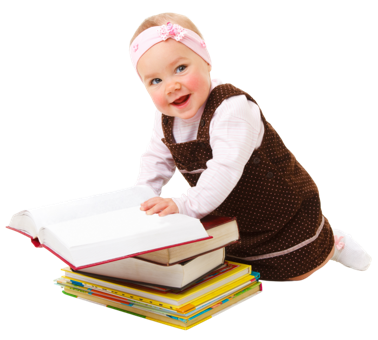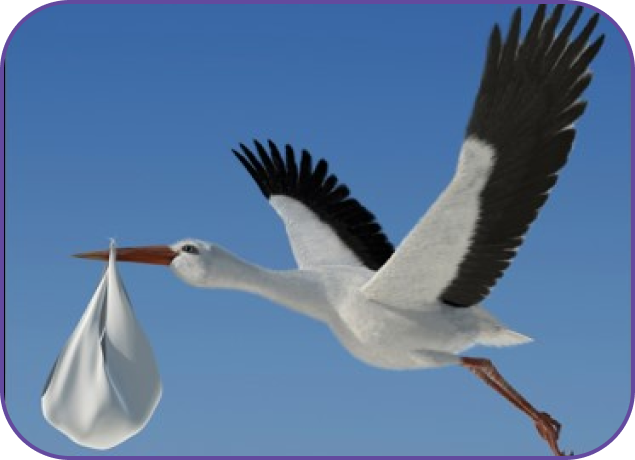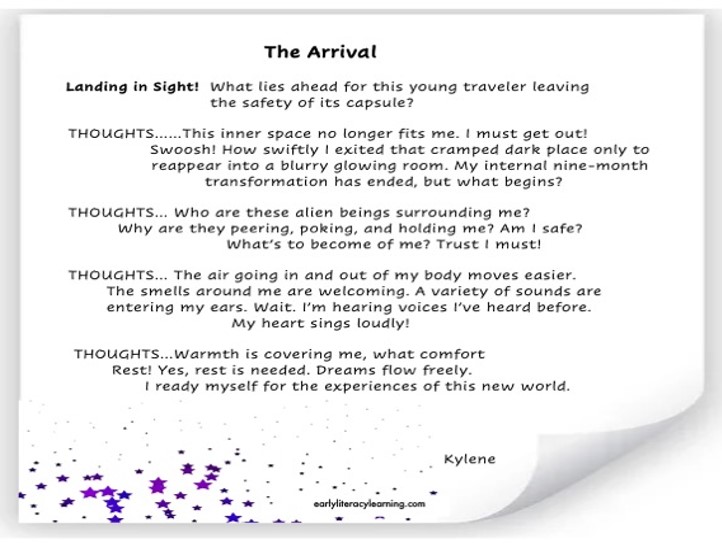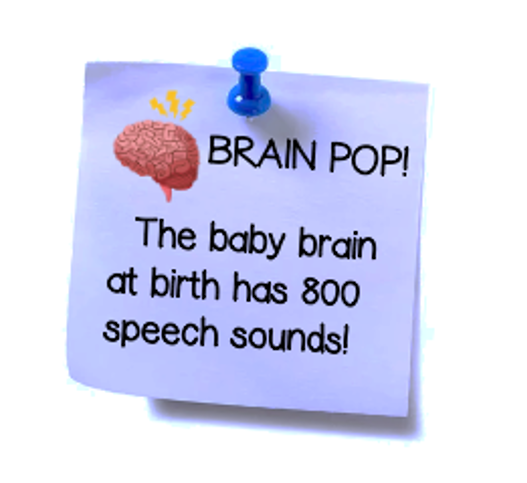The Developing

The first beginnings of language start when the child is inside the womb. Before birth, a baby eavesdrops on the outside world, voices and noises are absorbed. At arrival, small tiny ears are already tuning into the sounds being produced by their parents.


Dr. Karen Mulak, at MARCS Institute and the Center of Excellence for Dynamics of Language said, “In order to learn language, infants must mentally sort through massive amounts of variation in speech and speech production. This is quite a difficult task given their limited exposure to language at such a young age. But despite this difficulty, we have found that infants are capable of interpreting this data and that they are aware of and can identify variations in language."
An infant has an internal warehouse of 800 speech sounds or phonemes, (600 consonants & 200 vowels) stored in their brain. This allows them to acquire any language around the world: Spanish, Chinese, French, English, German etc. Amazing!!! It is even more mindboggling when one learns there are about 7,000 languages spoken globally.
The repetition of hearing their native language or even a second language in the home at this early baby age creates the patterns for reproducing it later. The words communicated to them all day long becomes their language of choice. The baby brain has been busy recognizing the more frequently used speech sounds, organizing them and eliminating others. The pruning or thinning of weaker synapses will open-up more room for new information. At about twelve months old, all those unneeded sounds have faded away. The familiar speech sounds of their native language has won out!
What about learning a second language? It is always easier for a younger child’s brain. Scientist have and are still doing more studies on this topic; however, most agree that after the age of seven proficiency becomes more difficult. It doesn’t mean one can’t acquire another language, no it’s just the acquisition skills are different for the brain and may take longer.
Early learners thrive on the connectedness of language, they have a want to be understood and to understand their native language.



Bach, Deborah, (2017), Bilingual Babies: Study shows now exposure to a foreign language ignites infants’ learning, University of Washington News, https://www.washington.edu/news/2017/07/17/bilingual-babies-study-shows-how-exposure-to-a-foreign-language-ignities-infants-learning/
Kuhl, Patricia K. , (2014), The Linguistic Genius of Babies, TED,
https://www.ted.com/talks/patricia_kuhl_the_linguistic_genius_of_babies/
Western Syndney NEWS, (2017), The MARCS Institute for Brain, Behaviour, and Development, Shhh your Baby is Listening, westernsydney.edu.au/marcs/news/infants_and_language
